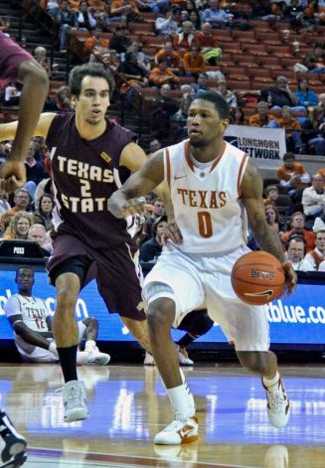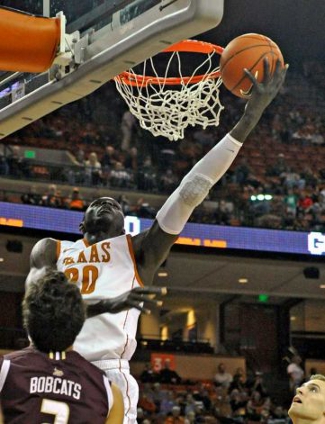Texas Longhorns 86, Texas State Bobcats 52
It was a one-sided affair at the Erwin Center on Saturday night, as Texas used runs of 26-4 and 29-10 to blow open the game against Texas State and cruise to an 86-52 victory. The Longhorns set season highs with 50% shooting from behind the arc and a 56.3% mark from the field.
What looked good

Julien Lewis led Texas with 19 points
(Photo credit: Michael Thomas/Associated Press) 
Alexis Wangmene cracked double-digits in scoring again
(Photo credit: Michael Thomas/Associated Press) |










